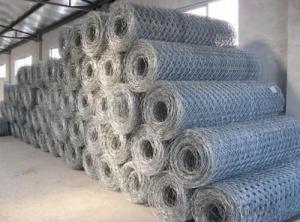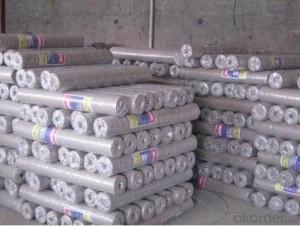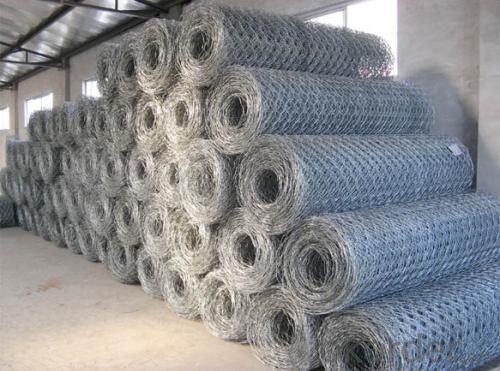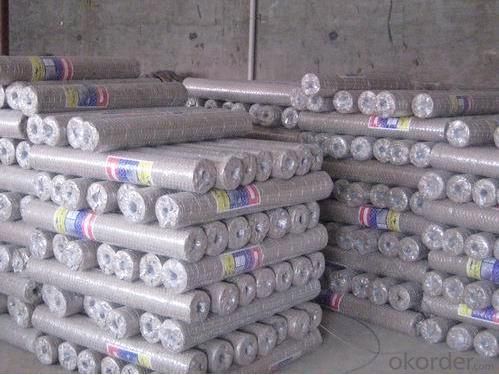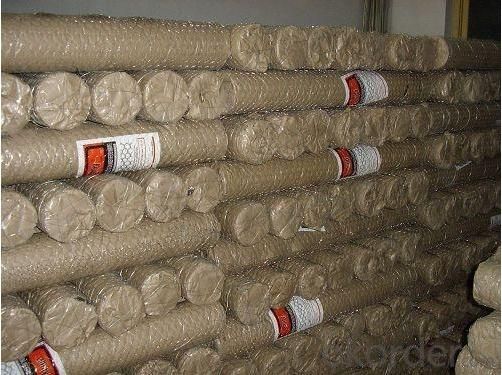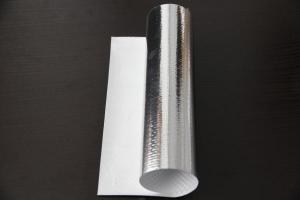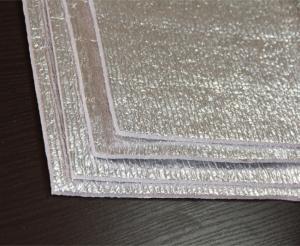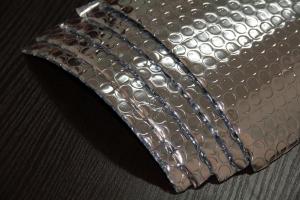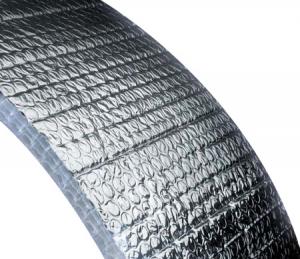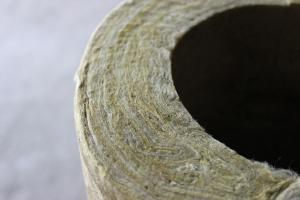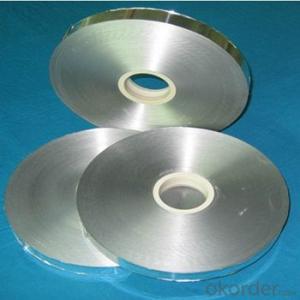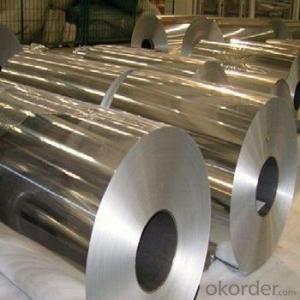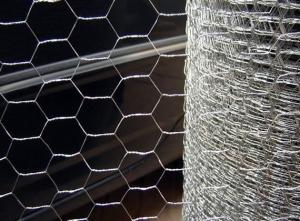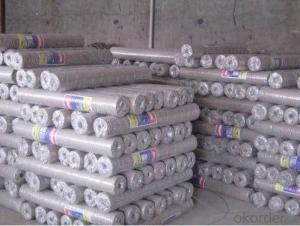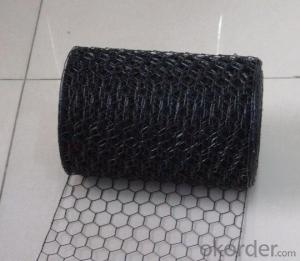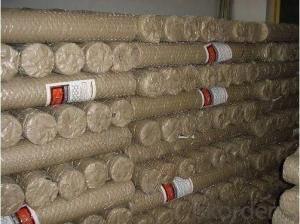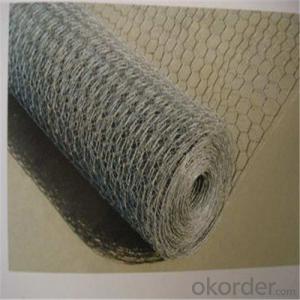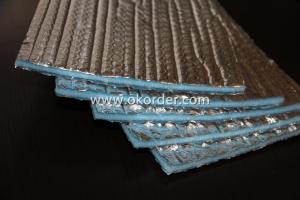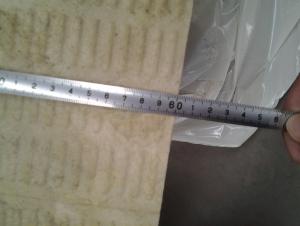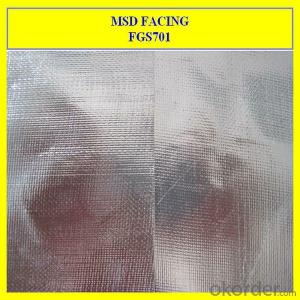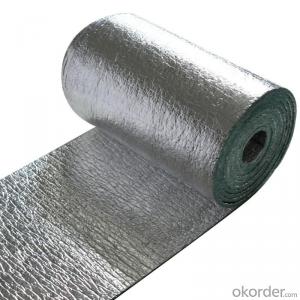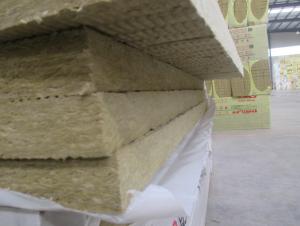Flint Board Roofing Insulation Galvanized Hexagonal Wire Netting 3/4 Inch for Chicken Fencing
- Loading Port:
- Tianjin
- Payment Terms:
- TT OR LC
- Min Order Qty:
- 10 roll
- Supply Capability:
- 10000 roll/month
OKorder Service Pledge
OKorder Financial Service
You Might Also Like
Introduction of 3/4 Inch Galvanized Hexagonal Wire Mesh for Chicken Fencing
Galvanized Hexagonal Wire Mesh is made of by high quality galvanized wire, Low carton steel wire, stainless steel wire, iron wire, Galvanized steel wire.
Application of 3/4 Inch Galvanized Hexagonal Wire Mesh for Chicken Fencing
Galvanized Hexagonal Wire Mesh is widely used in industrial and agricultural constructions, Rockwool, fence for poultry cage, fishing cage, playground fence and Christmas decorations
Surface treatment of 3/4 Inch Galvanized Hexagonal Wire Mesh for Chicken Fencing
a. Black (mild steel wire)
b. Electro galvanized, (galvanized before welding, galvanized after welding)
c. Hot dip galvanized, (galvanized before welding, galvanized after welding)
d. Stainless Steel Wire
Advantage of Galvanized Hexagonal Wire Mesh
Our Galvanized Hexagonal Wire Mesh has strong corrosion-resisting and oxidation-resisting, stable shape, clean ends, good packing with good quality and rock bottom price.
Packing of Galvanized Hexagonal Wire Mesh
1. Waterproof paper then PVC shrinked
2. PVC shrinked only
3. Black waterproof paper only
4. Waterproof paper then metal/wooden pallet
5. Plastic film then carton
(Also as your request. )
Pictures of Galvanized Hexagonal Wire Mesh
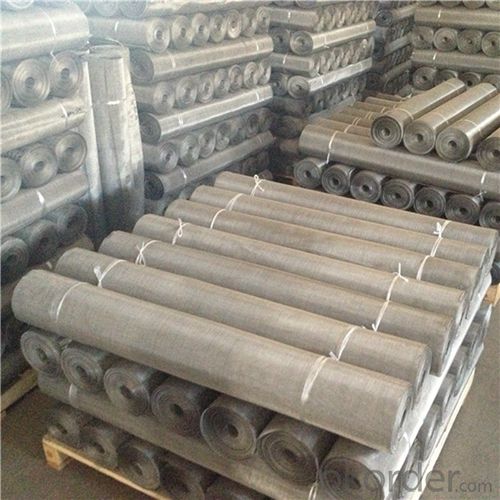
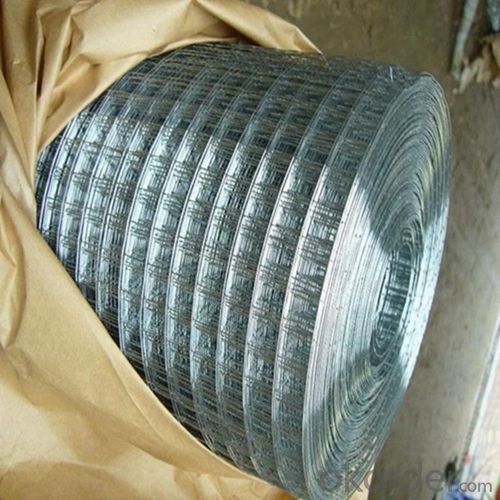
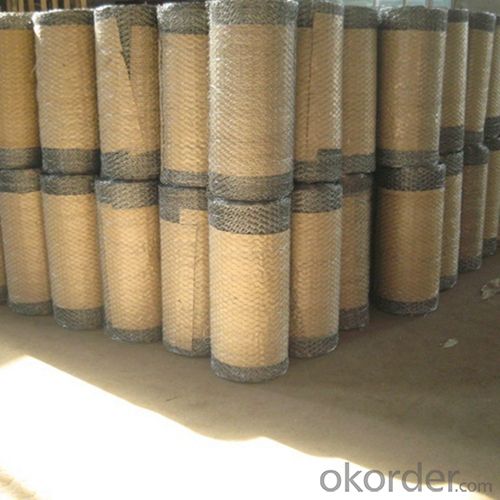
Specification of Galvanized Hexagonal Wire Mesh
Mesh Opening | Wire Thickness | Width | |||
inch | mm | bwg | mm | inch | m |
3/8 | 10 | 27; 26; 25; 24; 23 | 0.40-0.63 | 12-48 | 0.3-1.2 |
1/2 | 13 | 27; 26; 25; 24; 23; 22; 21; 20 | 0.40-0.88 | 12-80 | 0.3-2.0 |
5/8 | 16 | 27; 26; 25; 24; 23; 22; 21; 20 | 0.40-0.88 | 12-48 | 0.3-1.2 |
3/4 | 19 | 27; 26; 25; 24; 23; 22; 21; 20 | 0.40-0.88 | 12-80 | 0.3-2.0 |
1 | 25 | 27; 26; 25; 24; 23; 22; 21; 20 | 0.40-0.88 | 12-80 | 0.3-2.0 |
1-1/4 | 30 | 24; 23; 22; 21; 20; 19; 18 | 0.56-1.25 | 12-48 | 0.3-1.2 |
1-1/2 | 40 | 23; 22; 21; 20; 19; 18 | 0.63-1.25 | 12-80 | 0.3-2.0 |
2 | 50 | 23; 22; 21; 20; 19; 18; 17 | 0.63-1.47 | 12-80 | 0.3-2.0 |
3 | 75 | 23; 22; 21; 20; 19; 18; 17; 16; 15 | 0.63-1.83 | 12-80 | 0.3-2.0 |
4 | 100 | 16; 15; 14; 13; 12 | 1.65-2.77 | 20-160 | 0.5-4.0 |
FAQ
1. What is the storage condition?
The Galvanized Hexagonal Wire Mesh should be stored at room temperature and kept from wet and heat source.
2. How to guarantee the quality of the products?
We have established the international advanced quality management system,every link from raw material to final product we have strict quality test;We resolutely put an end to unqualified products flowing into the market. At the same time, we will provide necessary follow-up service assurance.
3. How long can we receive the product after purchase?
In the purchase of product within four working days, we will arrange the factory delivery as soon as possible. The specific time of receiving is related to the state and position of customers. Commonly 7 to 10 working days can be served.
- Q: do I have to blow insulation in the roof of my mobile home if I install foam insulation under a meatle roof?
- Some mobiles have a vented attic and some don't. If your attic is vented, the foam on the roof won't help insulate inside the house. I've blown insulation into a mobile home attic before (vented attic), but some mobiles one can't (not vented attic). There are different variations of attic venting, dictating if you can blow in or not. I would add insulation anyway, if you can, mobiles usually skimp on attic insulation, even if they are "certified".
- Q: were can i buy material to insulate pans and instructions to install it? I have seen many roofs with this done ,but , the lowe,s and home depots don't have .
- metal pan usually refers to a pan that concrete is then poured into. If there is no concrete in it (and a flat membrane roof over that) then its called currogated metal roof. Either way they look the same. Hard to insulate cause they are not meant to insulate. there are some sold with insulation already attached - its a thin floam layer - thats a newer thing but not sure how new. heard of some mobile home mfgs and storage building builders using spray on insulation under the panels. As for aftermarket on insulating- you may be able to have spray on insulation applied from under neath - if the space is open and accessible. it looks and feels like foam, can get a bit messy , but maybe do-able depnding on your application. If its not a open space with maybe drywall under it - you might think about opening up the space in the ceiling and having blown in insulation done (much cheaper then sprayed on). Blown in will insulate just fine but someone would have to look at your application and area cause in some instances - blown in insulation can be bad for high moisture situations. also- if this happens to be in a house - by adding insulation to steel - you might be breaking fire code - something to keep in mind for safety.
- Q: In a house, it looks like an addition, that now is the kitchen , it feels HOT, it doesn't seem to have a very good insulation on the roof at all, the ceiling is already low, so, what can be done on the outside to give it more insulation?, i don't care what it is i just want to give it a GOOD insulation, the roof is flat and to shingles. Any IDEAS? , thanks!
- Sorry but there isn't enough info to give a good answer...is there space between the ceiling and the roof to add insulation...there may be enough insulation but no ventilation in the area directly under the roof (atic area) If there is not enough air flow in this area the temperature will skyrocket thus heat the kitchen AND the shingles will deteriorate very quickly.If you still need to add insulation the best way is to put sloped roof (if possible)and add insulation in the space created or you can use foam insulation and re roof ..make sure you seal between the wall system and new insulation and whatever method make sure to allow air to flow under the roof (both inflow and outflow)
- Q: So I'm renovating an old farmhouse with a metal roof and there is no insulation in the attic. I was up in the attic checking for leaks since we just got some freezing rain and it is currently melting I thought now was the perfect time to check. I found no leaks but I did notice the roof was sweating with noticeable beads of water in many places and many of the 2x4's that act as the frame were damp, although none were rotted (I found that odd as the house is approx. 140 years old and those are the original 2x4's. I could tell that the attic does have vents so I guess it dries out before rotting or mold occurs.. but makes me wonder if I put down some roll-in faced R-30 Owens Corning Insulation and then add a plywood floor over top if everything will be fine.. or not so fine..
- Is the attic floor completely uninsulated now? You need a single layer of vapor barrier between the living space and the attic space. This is often done with faced insulation rolls. A vapor barrier between the living space ceiling and your new insulation may be enough all by itself to prevent the condensation from forming. If there's existing insulation, you'll have to pull some up to check for a vapor barrier. If there's already a vapor barrier, you can add unfaced insulation. Never put in two vapor barriers with insulation between them.
- Q: How do I adequately insulate my attic roof to make the space a bit more habitable in the winter? The floors to the living area below are already insulated and we have a gable mounted fan which is great in the summer. I am thinking of adding insulation to the roof with baffles underneath for air circulation through the soffit vents. Am I anywhere near an idea that may work?
- Such an interesting question when you sit down to answer it. First off, if there are any vents to the exterior, its not likely that you will want any additional heat to enter the space, as it will flow out of the vents to the outside and cost far more money than heat that is lost by thermal transfer, through the doors, windows and insulated walls and ceilings. So, any increase in the source of heat would mean closing the system to outside air vents like the fan and the soffit vents. If you want to heat the space, you'll need to insulate the roof by adding fiberglass batting to the space between the rafters and then drywall or panel depending on local building code and your preferences. Then you'll need an avenue for heat to reach the attic which can be as simple as cutting a couple of floor grates through to the heated space below, but you'll want cold air return ducting to send the cold air that is displaced by the heated air back down to the furnace. Then you'll need to seal the gable fan and insulate, perhaps with a box you can remove in the spring and replace in the fall. Now that the attic is integrated in the HVAC system, you no longer need the soffit vents. If you don't have a forced air system, there is less concern about the cold air return, as your heat source would be in the room or you can just use floor grates on opposite ends of the room for both the warm air and cold air exchange. Place one near the heat source below and one well away from it.
- Q: I'd like to put a train set in my loft / attic, so to avoid it being cold in there during the winter I'm considering having no insulation in the floor of it where one usually would, thus allowing the heat to rise into the loft. Then, insulate the roof between the rafters instead. Is this just as good at keeping the heating costs down?
- Insulate the floor and Install a 240V electric heater in the attic so you can turn it on when using that space. Since your not using this space for sleeping I see no reason to insulate the rafters and risk the problems mentioned above. Unless you like paying taxes don't finish off this room, leave the rafters exposed.
- Q: I have a split house with an attic where I have insulation on attic floor, but the house seems to be cold still, Can I add insulation to the roof of the attic? If so, any options? Thank you.
- Most attics are vented, so I'm not sure how effective that would be.
- Q: we have liq. ammonia storage tank (capacity 40000 ton)having double wall & suspended deck.liq. NH3 stored at temp -33 degree cent. insulation (form ) being provided to annular space (wall ) but not on top roof . can you explain for exact reason.with regardsanvar shaikh
- Insulation is less necessary on the roof. The ammonia is mostly a liquid, and a liquid would absorb heat rapidly from tank walls. Above the liquid is vapor, and vapor absorb heat much less rapidly than liquid does, so insulation is less important there.
- Q: The attic was converted into two rooms and I want to add insulation but the space between the ceiling of the rooms and the roof is about 5 inches? How should I do this?
- u can buy blow in insulation. I think Home Depot even lets you rent the blower machine free if you buy a certain amount of bags of the insulation.
- Q: I've found lots of building forums and general "building advice" columns that go over very high-level pros/cons to choosing roofing material and insulation options, but I want a site where I can see hard costs of ordering each of the materials so I don't have to call up a ton of contractors or dealers. Does such a comparison site exist? Everyone offers quotes, but that takes too much time to apply for quotes to every dealer.I'm specifically interested in knowing what green options I can afford (cotton batting vs. formaldehyde-free fiberglass, etc.).
- You could call ABC supply or Norandex Reynolds, they are the biggest distributors I know of. They may have some resources for you.
Send your message to us
Flint Board Roofing Insulation Galvanized Hexagonal Wire Netting 3/4 Inch for Chicken Fencing
- Loading Port:
- Tianjin
- Payment Terms:
- TT OR LC
- Min Order Qty:
- 10 roll
- Supply Capability:
- 10000 roll/month
OKorder Service Pledge
OKorder Financial Service
Similar products
Hot products
Hot Searches
Related keywords
